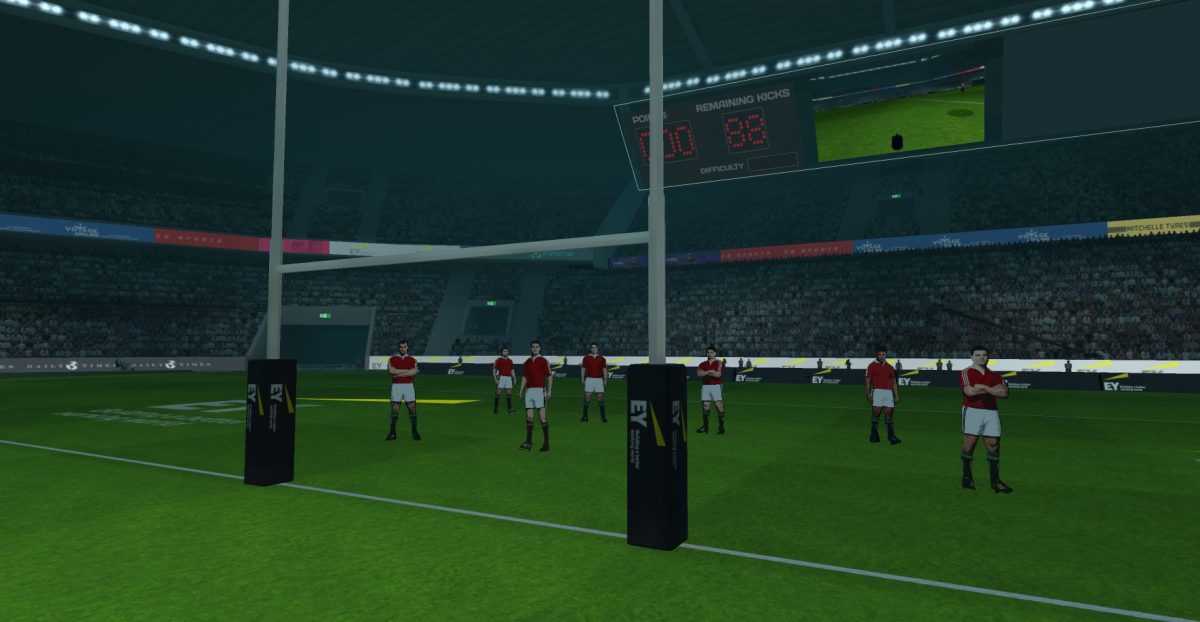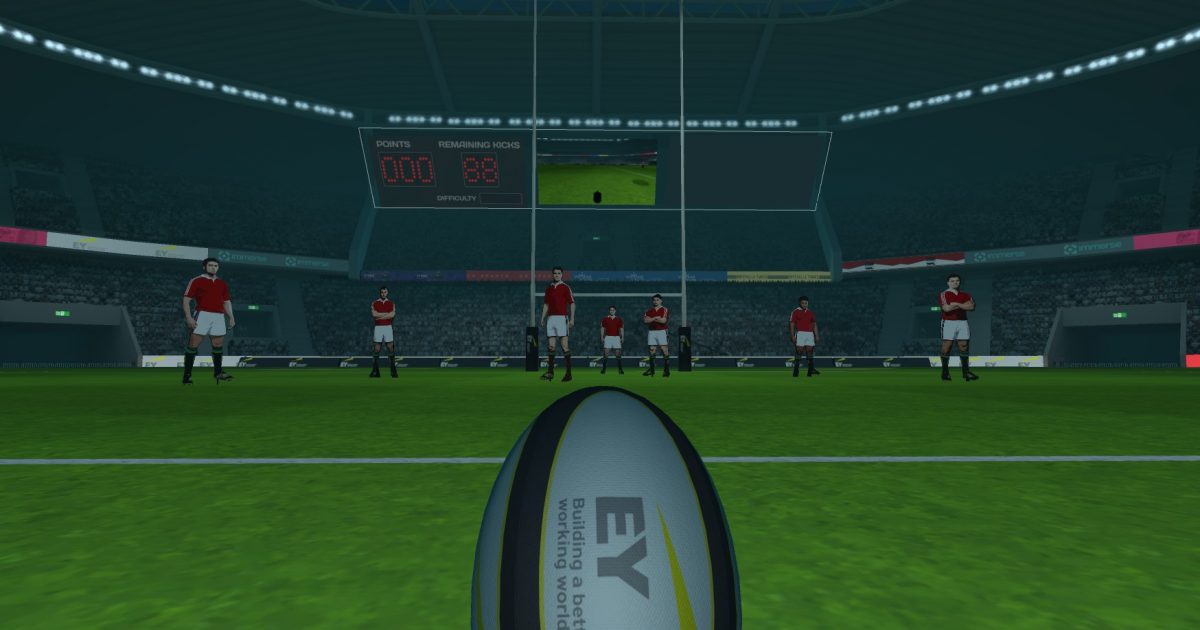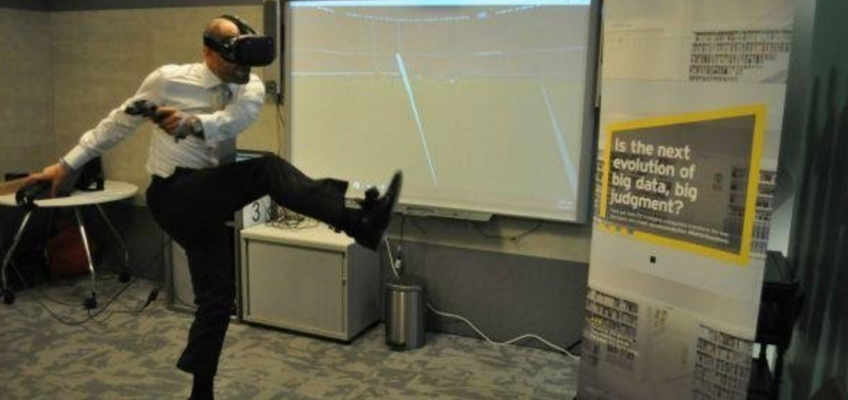Virtual Reality presents an opportunity for businesses to transform the way their employees interact and learn through increasingly scalable, accessible and cost-effective technology
There has been an increase in the number of businesses interested and willing to invest in VR Share on XBritish technology Immerse has experience designing VR environments for industry, working on projects across the defence, engineering, manufacturing and healthcare sectors. It has so far received funding from a new UK investor group, and now it has announced the launch of a live enterprise-ready virtual reality platform that enables multiple users to create and share VR and 3D experiences for a number of business-critical applications.
VR is an opportunity for businesses to transform the way their employees interact Share on XOne of these is with QinetiQ, the British multinational defence technology company which manages and operates extensive testing and evaluation capabilities for air, land, sea and target systems. QinetiQ asked Immerse to facilitate an alternative solution to real at-sea submarine training for the Royal Navy. Immerse’s multi-voice VR solution provided a 3D submarine control room, complete with working displays, VR boat operators and multiple interaction points, enabling trainees to learn and interact with colleagues while safely rehearsing potentially life-threatening scenarios onshore.
Immerse designed a 3D submarine control room for training Share on X“Our platform is specifically designed to democratise the VR experience, allowing content creators to upload their own experiences from anywhere in the world and then share them in a way that enables users to meet in the same virtual environments. While there will never be a substitute for real hands on at-sea training, the VR solution we provided QinetiQ with offered a cost-effective alternative to current submariner training. The solution is not limited by access to live equipment, and covers essential basics while also saving money,” says Immerse CEO Tom Symonds.
“Rigid training in fixed workspaces will make way for courses that offer the flexibility to learn wherever and whenever is convenient,” says Helen Dudfield, Chief Scientist for Training & Human Performance at QinetiQ. “Most importantly, technology can vastly improve the quality of learning by tailoring courses to students’ individual competencies and circumstances. Employers can reap the rewards of a highly skilled workforce at lower risk, and be confident of an excellent return on their investment in their people.”
The enterprise Virtual Reality industry is set to grow to be worth more than $4.5bn by 2020, with more than 150 of the 800+ companies working in the VR space worldwide based in the UK. By 2121 it is projected to generate $759 billion in 2021, with emerging industries such as sports and e-sports poised for the most growth.
The enterprise VR industry is set to be worth more than $4.5bn by 2020 Share on XWhich is why the company chose to collaborate with EY – sponsors of the British and Irish Lions – on the development of a rugby-based VR training experience to demonstrate how VR can be effectively used for any training event.

Immerse created a single player VR experience that uses the VIVE tracker to simulate a realistic kicking experience. Each participant in turn wears a HTC Vive headset and emerges into a fully 3D rugby stadium complete with roaring crowd, scoreboard, and scuffable grass. In front of them can be seen the goalposts and they can pick up a ball and place it on the floor ready for their first attempt. Players have 10 kicks each, and aim to score with as few kicks as possible. Every successful kick returns them to the start to try to score again, but each time from a more difficult position. To reduce frustration, each time a player misses, the underlying game logic invisibly makes the next kick more likely to be successful. To add a little more interactivity, VR cardboard cut-outs of well-known rugby players are scattered across the pitch and can be knocked over by throwing a rugby ball.
The VR scenario accompanies all actions and their consequences with realistic feedback noises Share on XThe VR scenario accompanies all actions and their consequences with realistic feedback noises and crowd reactions to enhance the experience and make it more immersive.
“EY needed a solution that would inject some fun and competitive spirit into their activation events over the course of the rugby tour, leaving a positive and lasting impression on the players, so we provided a simple but entertaining goal-scoring game which could be used without internet connection where necessary, and still demonstrated the power of VR”.

“Over the last twelve months we have seen a marked increase in the number of businesses who are interested – and willing to invest – in VR. With businesses being able to create their own VR scenarios easily and without prohibitive costs, demand is only set to grow, with future applications emerging as adaption continues,” Symonds concluded.
If you would like to find out how to leverage VR/AR/MR in your enterprise, Tech Trends offers Virtual Reality Consultancy support
Alice Bonasio is a VR Consultant and Tech Trends’ Editor in Chief. She also regularly writes for Fast Company, Ars Technica, Quartz, Wired and others. Connect with her on LinkedIn and follow @alicebonasio and @techtrends_tech on Twitter.









